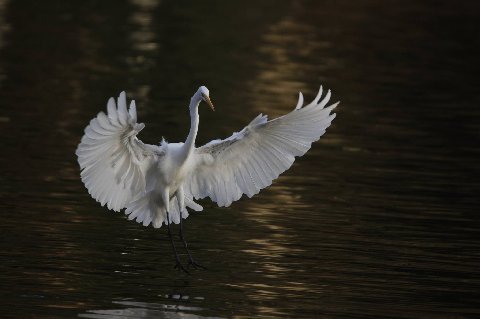 March 3, 2015 It’s World Wildlife Day… And opportunity awaits.
March 3, 2015 It’s World Wildlife Day… And opportunity awaits.
Can we bring kids closer to nature online in order to get them out IN nature offline?
Is empathy and stewardship obtainable through a mediated screen?
How do we get beyond caring through “clicktivism” and implore kids to experience the majesty of wildlife in boots on the ground hike-n-help style with all the health benefits of nature seeping into souls for future generations to want to preserve our planet?
What role do visuals, viral video, and social media play in paying it forward to engage youth in wildlife causes, from the plight of the pangolin to the impact of humans on our environment?
How can we connect to protect all creatures great and small?
This poignant National Wildlife Foundation “Whole Child Report” sums the nudge away from natural experiences toward digital distraction quite well:
“We have shifted our culture from one that is engaged in a healthy, interactive, imaginative way to one that is inwardly facing, sedentary and expecting things to be fed to us”
—Dr. Michael Rich, Center of Media and Child Health in Boston (aka The Mediatrician)
You don’t protect what you don’t know
Just like “You can’t be what you can’t see,” has been the clarion call for stronger female role models in media, “you don’t protect what you don’t know” applies to wildlife preservation and children’s giant chasm in nature stewardship of our planet.
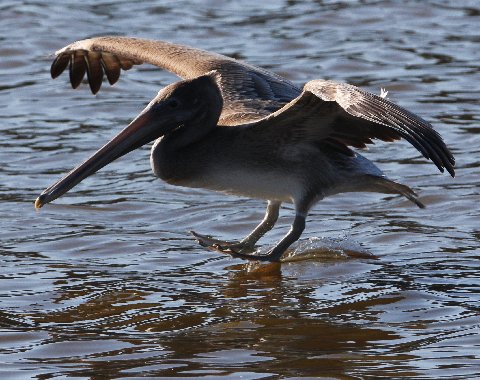 Enter the art of storytelling and visual empathy as wildlife photographers, schools and media producers splash down to harness positive power en masse, instilling personal narratives about creatures being driven to extinction who clearly cannot speak for themselves…
Enter the art of storytelling and visual empathy as wildlife photographers, schools and media producers splash down to harness positive power en masse, instilling personal narratives about creatures being driven to extinction who clearly cannot speak for themselves…
If eco-literacy is executed on point, it can help serve as both a beacon of hope and a bullhorn for justice, seeding and growing a lifelong love of nature.
Tapping into the nature of digital kids
More often than not, kids are exposed to nature in classrooms rather than their own communities, making it all the more imperative that education experts seed nature as nourishment early on.
Beyond the obvious pragmatics of interdependence explaining WHY wildlife matters, the studies showing the mental health benefits of the great outdoors and numerous body, mind and spirit health correlations, if we can use media to engage kids as a springboard online to dive into deeper appreciation offline, we’re on our way to sustainable stewardship for the next generation…
Screen mediated wildlife experiences
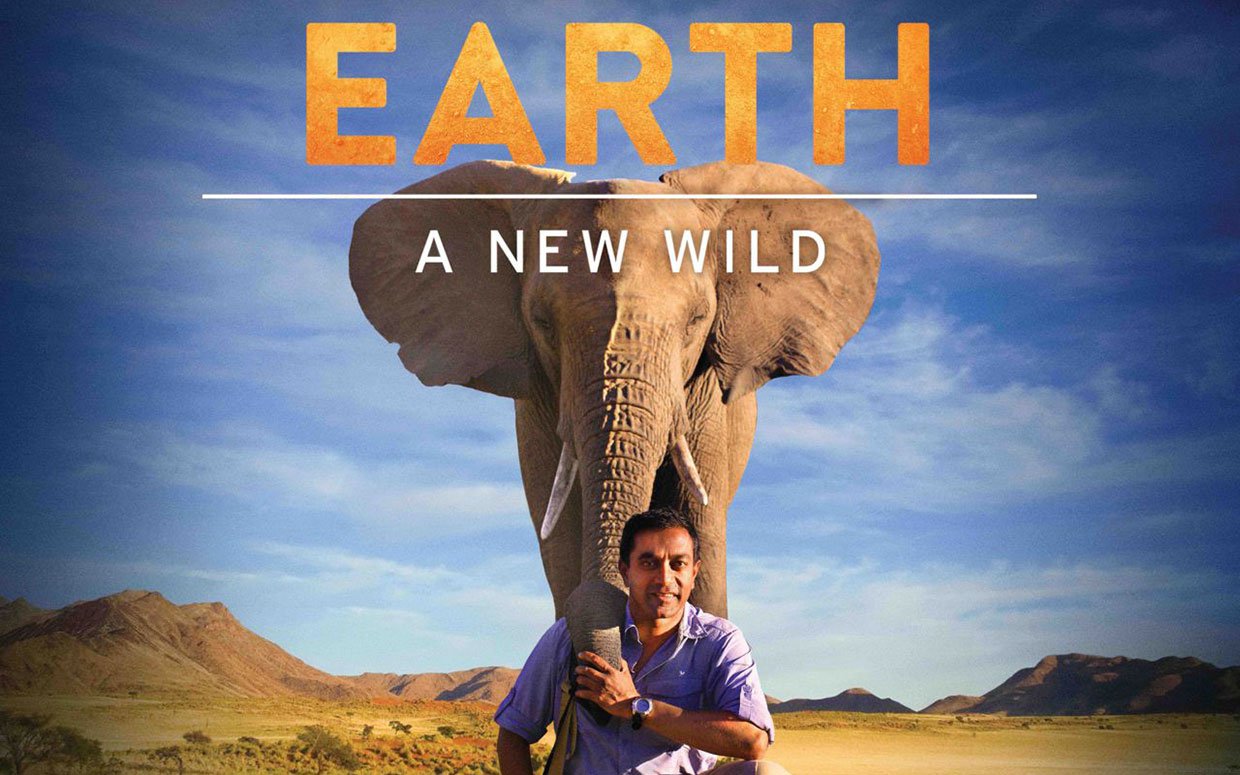
Newly launched shows like the PBS “EARTH A New Wild” in partnership with the Nature Conservancy and PBS Learning Media offer full lesson plans, curriculum and videos aligned with the Common Core and Next Generation Science Standards…giving educators turnkey solutions to seed change early on. Sites like Explore.org’s live cams, various kid-friendly”fly on the wall” wildlife trackers and nesting surveillance cams bring children a “nose pushed up against the window” type of stealth digital intimacy. And social media channels tap youth attention to educate in nanoseconds from Instagram, SnapChat and Facebook, to World Wildlife Day’s hashtag and action posters prompting empathy, outreach, and urgency.
Social media: Giving a powerful voice to the voiceless
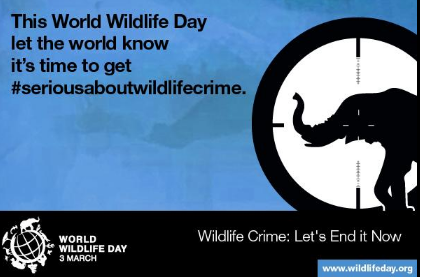 It’s amazing how fast “memes and shares” emerge via social media…
It’s amazing how fast “memes and shares” emerge via social media…
Whether it’s “llama drama” and animal antics prompting video shares and ‘likes,’ or heart-wrenching World Press photos making a tragic statement about humanity that hits hard at a visceral level prompting petitions and action pronto…media has the power to gain traction, engaging youth in a flash.
Though the 2015 theme of wildlife trafficking is horrific and important, students need to see HOPE marketed through action.
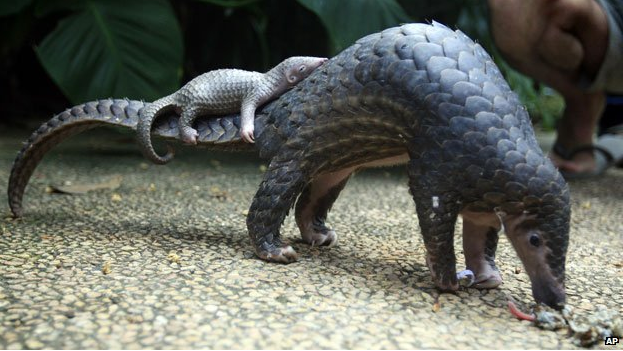 Focusing on colossal corruption can seem insurmountable, and sink youth into a vacuous abyss of helpless giveupitis…
Focusing on colossal corruption can seem insurmountable, and sink youth into a vacuous abyss of helpless giveupitis…
Challenging students to come up with STEM solutionary tactics to help protect the unprotected and digital WINS deployed en masse as show-n-tell change in the making is much more viable to elicit possibility over problems. (Example? Google’s drone funding to place poachers in prosecution crosshairs with surveillance technology adds a positive lens; task youth to come up with workarounds, fresh ideas, and ways to innovate and educate)
The emotional education of wildlife photos
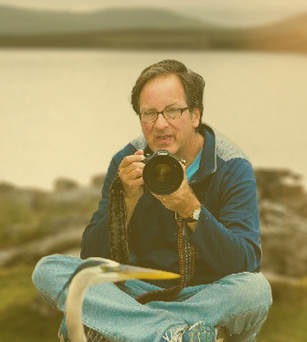 One simple photo can educate and empower action that speaks volumes.
One simple photo can educate and empower action that speaks volumes.
I’ve seen students take ‘awww’ moments and turn them into AWE inspiring actions that rally to raise awareness and prompt massive actions fast…
Adults need to “get this” and bring youth INTO the conversation by making them care!
One educator doing just that is stellar wildlife photographer AND media literacy pro, Frank W. Baker.
Bridging his love for both media and wildlife, Frank W. Baker is creating an e-book on Great Blue Herons coming soon that captures the awe of nature while nudging kids into poignant eco-literacy education with the click of a camera shutter. Here are a few of his thoughts on digital balance…
Shaping Youth: In Conversation with Frank W. Baker
Wildlife Photographer, Media Literacy Expert
Amy Jussel, Shaping Youth: Studies are now showing that even LOOKING at nature has some behavioral benefits…
As a wildlife photographer, how do you feel we can best incorporate eco-literacy, empathy, and stewardship for the planet using media? What are the untapped learning opportunities here?
Frank Baker: For me as an adult, it’s a no-brainer. One of the creeks I frequent leads to a huge residential lake…I began to notice lots of trash gathered along the banks of both the creek and thus the lake. It bothered me. I called attention to the trash from the neighbors and even recruited some young people to get in their kayak and clean the trash as soon as possible.
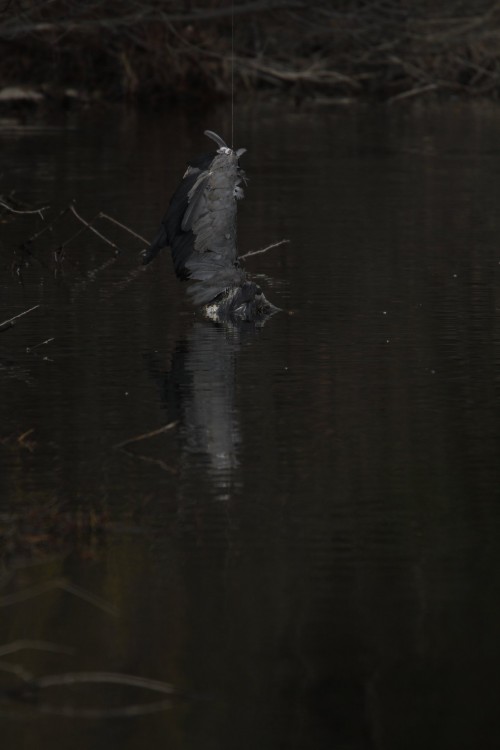 I began to realize that people, many miles away who happened to dump their trash into the creek, were responsible for much of what I was seeing. And I also began to see it in the background of my photos. The trash, in fact, ruined the pictures.
I began to realize that people, many miles away who happened to dump their trash into the creek, were responsible for much of what I was seeing. And I also began to see it in the background of my photos. The trash, in fact, ruined the pictures.
What if a duck or heron was to consume plastic in a way that would harm it? While photographing a heron on the large river that runs through the city of Columbia, I noticed some red fishing line wrapped around one of its feet. It was clear the fishing line hampered the heron’s ability to maneuver.
I contacted a local wildlife rehabilitation center which checked on the bird, but admitted it couldn’t do much because capturing the heron would also be impossible. But all of this raised my awareness, and so I share my photos with young people at every opportunity and try to impress upon them not to litter when they are near waterways.
Our actions do have consequences.
Another learning opportunity is the Great Blue Heron webcam online where young people can log on and watch “up close” herons nesting high up in a tree. This is a unique perspective they would not have had otherwise.
Amy Jussel, Shaping Youth: How do you personally feel kids could benefit by engaging with non-fiction text like your new Great Blue Heron iBook geared to upper elementary grades, and why did you choose that particular age/stage?
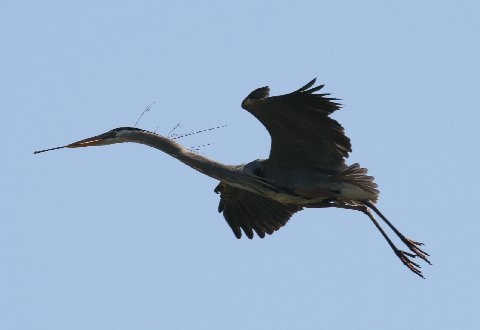 Frank Baker: I think we need to engage students when they are young. Just like media literacy education. It should NOT start at middle school: we need to start at the earliest possible stages.
Frank Baker: I think we need to engage students when they are young. Just like media literacy education. It should NOT start at middle school: we need to start at the earliest possible stages.
I think young people are naturally curious and a book about the largest bird in North America I think would certain pique their curiosity. The book does include links to web sites with more information than I could possible fit into the book and it does include both a crossword puzzle as well as a page for readers to paint a heron by hand.
Amy Jussel, Shaping Youth: Agree or Disagree? “Technology Brings Us Closer Than Ever to Wildlife” How do live cams and nature apps help or hinder real world experiential discovery from a ‘surrogate screen’ standpoint? (e.g. The Great Blue Heron nesting project brings kids into up close and personal)
 Frank Baker: I agree that technology CAN bring us closer. Live streaming cams allow us to see and experience wildlife up close and personal in ways that don’t disturb the natural habitat.
Frank Baker: I agree that technology CAN bring us closer. Live streaming cams allow us to see and experience wildlife up close and personal in ways that don’t disturb the natural habitat.
Another example: a photographer that I know uses ebird to regularly check on bird sightings. Birders, and others, log on and post their bird counts. Thus others like me can log on and determine when it might be good to return to a particular site. I have also used the site to explore new locations that I have never been to before.
Amy Jussel, Shaping Youth: Finally, tell us about the book process itself… your format decision, the interconnectedness of your media literacy career with 21st Century learning practices and your passion for wildlife…Given the adage “The more high-tech we become, the more nature we need?” (via Rich Louv/The Nature Principle and clearly my digital credo)
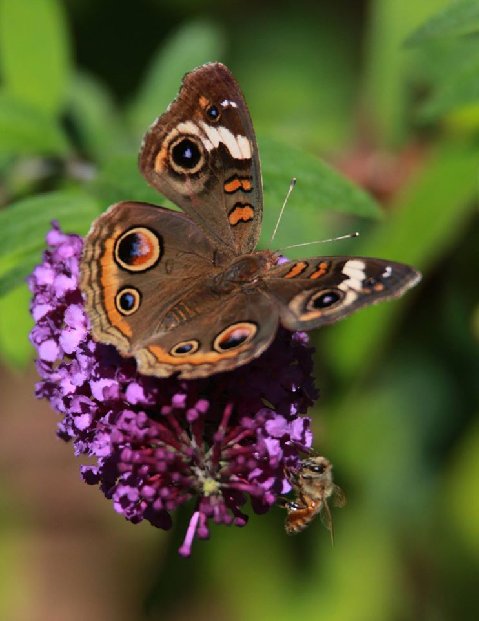 Frank Baker: Much of my work time is spent at a desk and in front of a computer.
Frank Baker: Much of my work time is spent at a desk and in front of a computer.
For years I would never have considered “birding” or picking up the photography hobby I abandoned years ago. But the death of an aunt who loved birds haunted me. I believe I renewed my passion for photography because of “Aunt Pat.” During a week long vacation on Fripp Island (near Beaufort SC) three years ago, I hired a naturalist/photographer who took me out on his boat. My goal was to photograph the sunrise and the great blue heron. But on that first morning, I realized I did not have the right equipment to do justice. Now I do.
Photography has given me pause.
I have more patience.
I can sit or stand in one spot for hours and enjoy every minute of it. Watching a particular species for an entire day will reveal a lot about the habits. I now get up before dawn to witness the sun coming up over the ocean. I began to research where, in the state of South Carolina, I could find and photograph herons, so I began to frequent the rookeries.
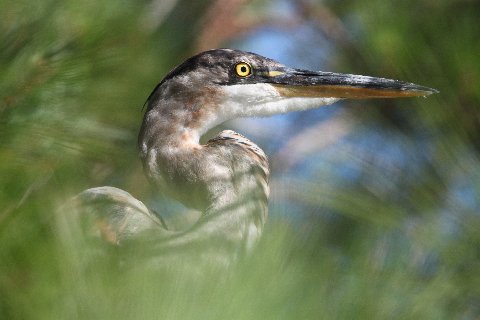 Every new spot was a discovery and every time my photographic skills improved.
Every new spot was a discovery and every time my photographic skills improved.
Whenever I would walk into a nature center shop, I would look for a book about the Great Blue Heron. And since I never found one, I thought I would write one of my own. I believe I need to share my knowledge, passion and images with young people. The proposal to the publisher included both print and non-print versions, but I chose to go with the iBook software because of its unique capabilities. In addition, the interactive nature would allow me to engage young readers in an audio, video and tactile sensory experience. I partnered with a colleague who embraced my vision (and passion) for both the bird, the audience and the special iPad features. I cannot wait for the publisher to give the “go ahead.”
Amy Jussel, Shaping Youth: Thanks, Frank. Look forward to seeing the new iBook. Your photography is amazing and an education in itself.
As one who takes a daily nature walk to unwind from the digital deluge, I can attest firsthand that it works, and also admit that when I’m crimped for time I go to your site (and also the ‘animal babies’ sites) to snag an ‘ahhh’ exhale of calm just VIEWING the majestic media/moments you’ve captured.
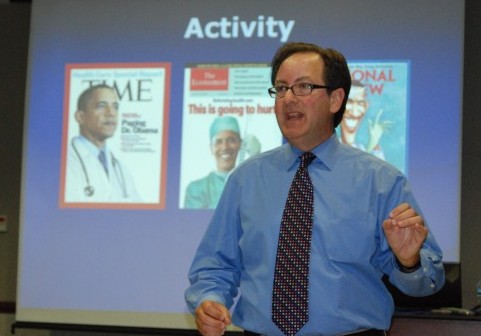 Frank Baker amazes me in his ability to engage youth from media literacy to eco-literacy.
Frank Baker amazes me in his ability to engage youth from media literacy to eco-literacy.
He’s got a compelling digital balance that appeals to me, educating with tech tools where it makes sense, and ditching them when words, visuals and passion do the teaching job just fine.
He joins me in the collective knowledge that these non-fiction, digital close encounters are not a ‘replacement of’ but a ‘gateway toward’ further discovery, prompting students and their families to get outdoors and touch, feel, roll/jump/climb/observe, reflect, and ultimately protect the grandeur of nature and wildlife together, firsthand…
Here are a few more data nuggets of goodness to embrace World Wildlife Day with hope and promise!
More Media That Works Well for Wildlife…
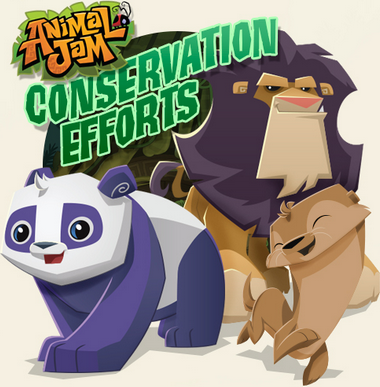
Digital media producers DO “See the Elephant”…(And rhinos and endangered cats…and pangolin…)
By jumping in to address market demand with extensive offerings beyond nonfiction education, worthwhile messages go far beyond wildlife fun and games.
Whether it’s the wildly popular Animal Jam/National Geographic Kids virtual world touching upon habitat/eco-depletion, and endangered species, (cited here as having 500% year over year growth since 2010, not surprising given its worthiness as an ad-free, prosocial, safe zone, an excellent parenting pick) the emotional appeal of a handheld Tilt World prosocial mobile app, the beautiful lens of Disney Nature documentaries, or the cartoon adventures of the Wild Kratts’ capers… eco-education/animals as a category continue to have universal appeal, from apps and games to wildlife wisdom.
Embracing open play: Toca Nature, Tumble Leaf
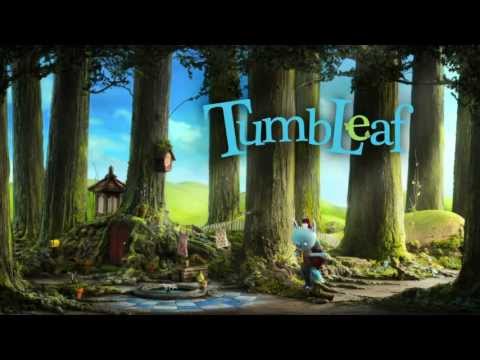 I admit, sometimes it makes me wonder if we’re just spooning forth ‘more screen time’ albeit with the wonders of wildlife in digestible data nuggets, as it’s still wildlife seen through a screen…
I admit, sometimes it makes me wonder if we’re just spooning forth ‘more screen time’ albeit with the wonders of wildlife in digestible data nuggets, as it’s still wildlife seen through a screen…
But if we can connect with kids online to encourage nature discovery offline, prompting kids to get outside and explore, then we have a huge opportunity to open up new worlds of balance, beliefs and beginnings of 21st Century wildlife stewardship.
The new Tumble Leaf episodes of social emotional learning created as original programming for Amazon Prime do this quite well…shades of Dora the Explorer and Zoboomafoo of yesteryear. A couple of other new examples?

New digital ventures via web shows like Tumble Leaf or apps like Toca Nature include open-ended ‘pure-play’ positioning, developed with early childhood education prowess. It’s encouraging to see entrepreneurs and children’s media pros placing attention on green at many levels…including monetary success. Newly launched Toca Boca Nature adds a natural fit for pre-K tykes blending nicely with their award-winning stable of apps for wee ones. It’s lovely, thoughtful, and beautifully rendered. (see video below from the creator’s perspective)
Have more to recommend? Toss in your favorite finds in the comments below…or ping me on Twitter…I’m always looking for great wildlife bridges to get kids eager to go out and see for themselves!
P.S. More Good News for Seeding Wildlife Appreciation & Outdoor Play!
“Every Kid in a Park” 4th Grade Initiative
The 2015-2016 school year boasts a new “Every Kid in a Park” national public lands program to get every 4th grader outside.
“The initiative is an administration-wide effort among the National Park Service, Forest Service, Department of Education, Army Corps of Engineers, Bureau of Land Management, Fish and Wildlife Service, Bureau of Reclamation, and National Oceanic and Atmospheric Administration” the site explains.
As an avid screenstaver in the early years, the freebie park time appeals as an extra boost to bump kids out the door to experience childhood through natural play. As this poignant post from 1000 Hours Outside captures so eloquently, in spite of our hyper-mediated environment, childhood should be measured by…
“the number of secret forts built, the amount of nighttime stars counted, the sounds of crackling campfires at night, the stones that have been skipped, the mudpies cooked, the waves jumped, the trails ran, the insects inspected, the butterflies caught, and fishing lines cast…”
Headed outside now for my nature walk on this glorious World Wildlife Day!









Speak Your Mind